Niger Delta Oil-Theft Crackdown: Nigeria’s 3 Million bpd Target & What It Means for Finima
By Engr. Tamunofiniarisa Brown
Introduction
For decades, the heart of Nigeria’s oil industry has been the mangrove-lined creeks and offshore wells of the Niger Delta — a region that supplies the revenue, exports and foreign-exchange lifeblood of the nation. Yet that same region has long been plagued by theft, sabotage, illegal refining and pipeline vandalism, undermining production, corroding revenues, and corroding public trust.
Now, with the federal government announcing a renewed crackdown and a bold goal of reaching 3 million barrels per day (bpd) by 2025, the spotlight is back on the region — and on communities like Finima in Bonny LGA, Rivers State, where the stakes are both local and national.
This article takes a closer look at the crackdown, what it means for production, and how companies and communities in Finima must navigate the changes ahead.
Section 1: The Figures, The Target, The Context
According to a report by Reuters, Nigeria has stepped up efforts to curb oil theft as it aims to raise national daily output to 3 million bpd by 2025. Reuters+1
- At present, actual production hovers around 1.8 million bpd, while budgeted figures estimate about 2.06 million bpd. Reuters+1
- A prominent operation code-named Operation Delta Sanity (OPDS), launched by the Ministry of Petroleum and the Nigerian Navy, has entered its second phase and is now supported by drones, attack helicopters and enhanced intelligence. Reuters+1
- Security operations in the Nile Delta are not new; for example, as early as August 2024 the Navy reported output rising to 1.6–1.7 million bpd thanks to greater naval vigilance. Reuters
What this means is clear: The government sees theft and sabotage not just as local nuisances, but as strategic threats to national revenue and output. A crackdown is therefore central to any plan to move toward 3 million bpd.
Section 2: Why Finima & Bonny Matter
While much national commentary talks in aggregate figures, for regions like Finima in Bonny LGA the implications are both profound and immediate. Here are key reasons why:
Strategic Position
Finima lies close to the export terminal at Bonny Export Terminal, where “Bonny Light” crude is loaded for export. Any improvement in security, infrastructure or pipeline integrity in this region therefore helps national targets directly.
Community & Company Interface
As a base-region for companies such as Nigeria LNG, Seplat (MOBIL) and other oil-service firms, Finima is at the intersection of local community expectations and international oil-economics. If theft is reduced and production improved, the beneficiary could be local employment, infrastructure and supply-chain opportunities.
Environmental & Social Risks
The very issues that drain oil-company margins and national revenues — illegal refining, spills from vandalised pipelines, toxic discharges in the creeks — hit communities first. For Finima, a backlash from local youth or environmental action remains a risk if benefits don’t follow security improvements.
Section 3: Stakeholders, Security and the Oil Industry Shift
Security Agencies & the Navy
Chief of Naval Staff Emmanuel Ogalla has confirmed that the Navy now has 12 vessels on station in the Delta and has arrested over 16 vessels involved in illicit operations. Reuters The upgraded OPDS phase features drones and helicopters in anti-theft patrols. Reuters+1
Oil Companies & Operators
Operators have long claimed that most oil spills in the Delta are caused by theft or illegal refining rather than operational failure. For example, Shell Petroleum Development Company (SPDC) reported that in 2023, 94% of spills exceeding 100 kg were linked to illegal activity. Vanguard News
Government & Regulatory Bodies
The Nigerian Upstream Petroleum Regulatory Commission (NUPRC) has disclosed dramatic reductions in crude-oil losses: between January and July 2025, losses were 2.04 million barrels, a 50% reduction from the same period in 2024. Daily Trust
Local Communities
In Finima and surrounding areas, local youth, traditional leaders and supply-chain firms are watching closely. Security improvements may bring jobs and infrastructure, but unless benefits are visible, social tensions may continue to simmer.
Section 4: Impacts & Opportunities for Finima
Opportunity: Enhanced Local Content
With stronger security and clearer production targets, firms like Tamfis Nigeria Limited can position themselves as local partners in new infrastructure, pipeline integrity, clean-up, monitoring and service contracts.
Opportunity: Job Creation & Economic Multiplier
As the region stabilises, host communities may see increased employment in logistics, maintenance, oil-service supply, and even spill remediation — all of which Finima is strategically placed to exploit.
Impact: Environmental Risk Reduction
Reduced theft means fewer illegal refiners, fewer pipeline spills and less environmental damage. For Finima’s ecosystem (fishing, creeks, wetlands) fewer disruptions mean better long-term sustainability for livelihoods.
Impact: Competitive Advantage
With theft under better control, Nigeria becomes more attractive for investment. For a region already exposed, Finima can become a hub for service providers, training centres and supply-chain nodes.
Section 5: Challenges & What Must Change
Infrastructure Gaps
Even with stronger security, pipelines remain old, maintenance is patchy and illegal taps persist. According to Vanguard, oil-theft and pipeline vandalism reduced production by 27.4% over ten years to 1.4 million bpd in July 2024. Vanguard News
Community Trust & Benefit Sharing
Local communities must be visibly included in the gains of production. Without this, improved security may simply mean more exclusion, more resentment.
Regulatory Transparency
Regulators, companies and security agencies must continue to publish data and engage with local stakeholders. The reduction in losses announced by NUPRC is promising, but markets will demand consistent transparency. Daily Trust
Sustaining Momentum
Government targets of 3 million bpd are ambitious. Sustained investment, maintenance, skills development and fiscal incentives will be needed if the Delta is to deliver.
Section 6: What This Means for Tamfis Nigeria Limited
As a firm based in Finima, your company is positioned advantageously at this junction of ambition and action. Here’s how you can leverage the moment:
- Lead in local-content training: Offer training to local youth in spill-response, pipeline monitoring, security-compliant servicing.
- Partner for infrastructure integrity: Work with regulators and operators to offer package services around pipeline integrity, drone surveillance, data analytics.
- Offer community programmes: Support local livelihood programmes and environmental restoration to build goodwill and social licence to operate.
- Publish thought-leadership: Use your website (tamfitronics.com) and Finima.net to publish white-papers, case-studies and blogs about the crackdown, what it means for Finima and why investors should pay attention.
Conclusion
Nigeria’s renewed determination to tackle oil theft and raise output to 3 million bpd is a turning point for the Niger Delta and for communities like Finima. It offers not just hope for improved national revenue, but a real opportunity for local growth, community jobs and environmental restoration.
But the path will not be smooth. Infrastructure gaps, community mistrust and legacy damage must still be addressed. For firms like Tamfis Nigeria Limited and the wider Finima region, the moment is now: to lead, adapt and grow.
With the right strategy, Finima can become not just a beneficiary of Nigeria’s oil ambition, but a model for how local regions transform with national policy.
Internal Link Suggestions
- Tamfis Nigeria Limited: Local Content, Global Standards – https://www.tamfitronics.com/
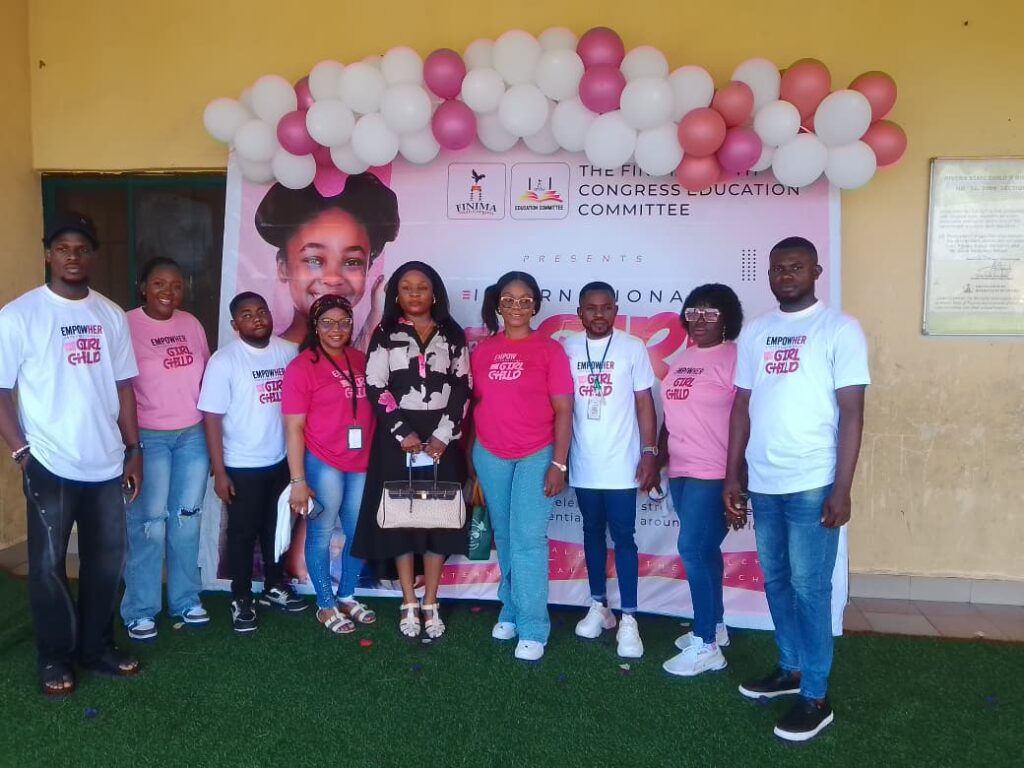
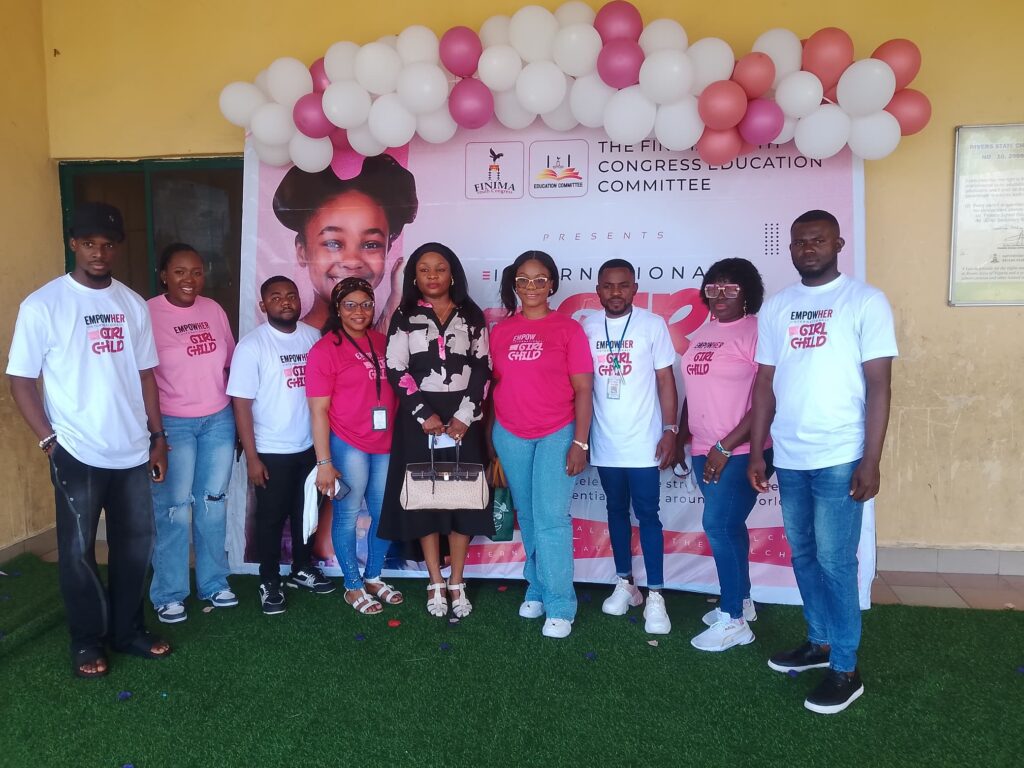
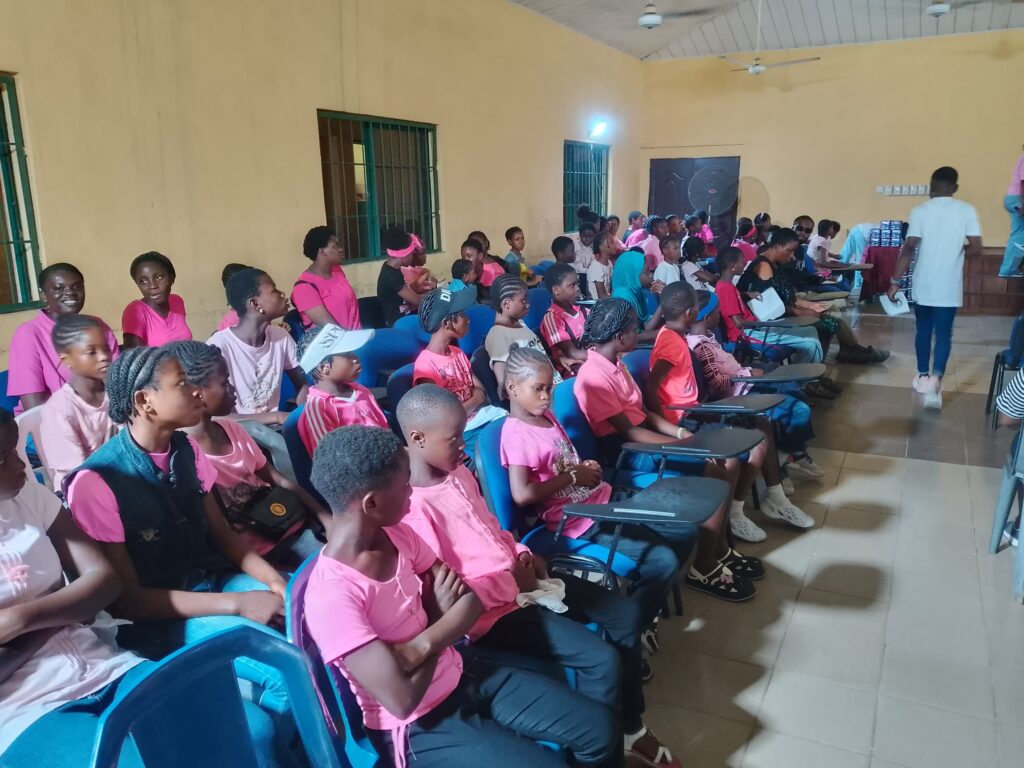
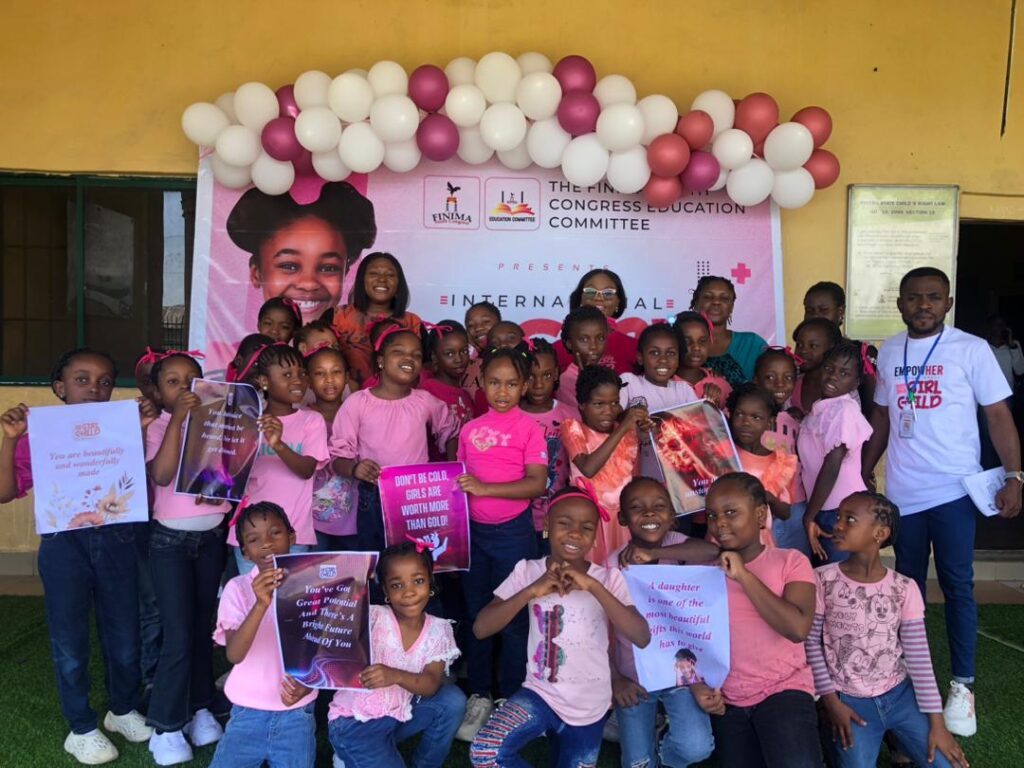
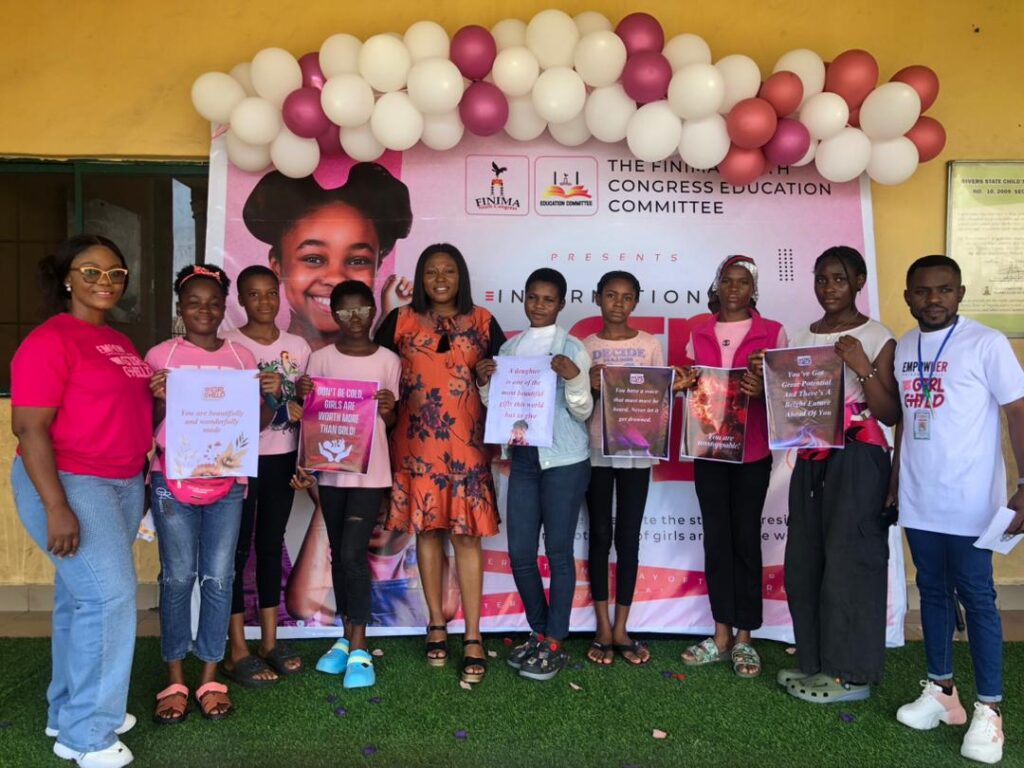
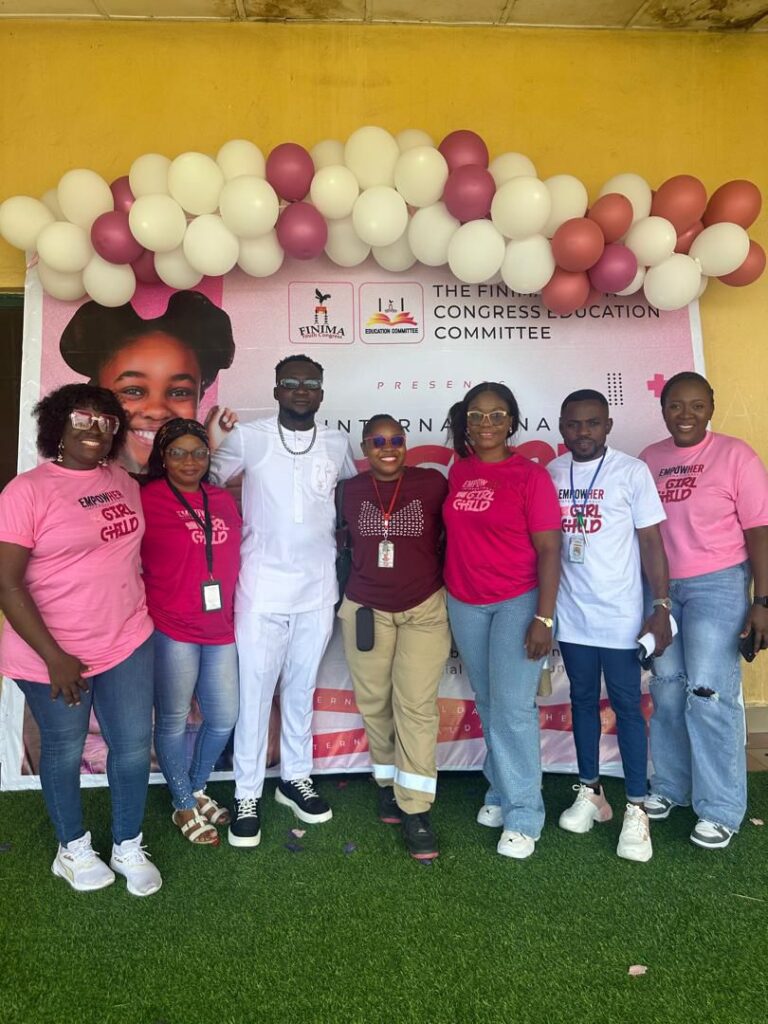
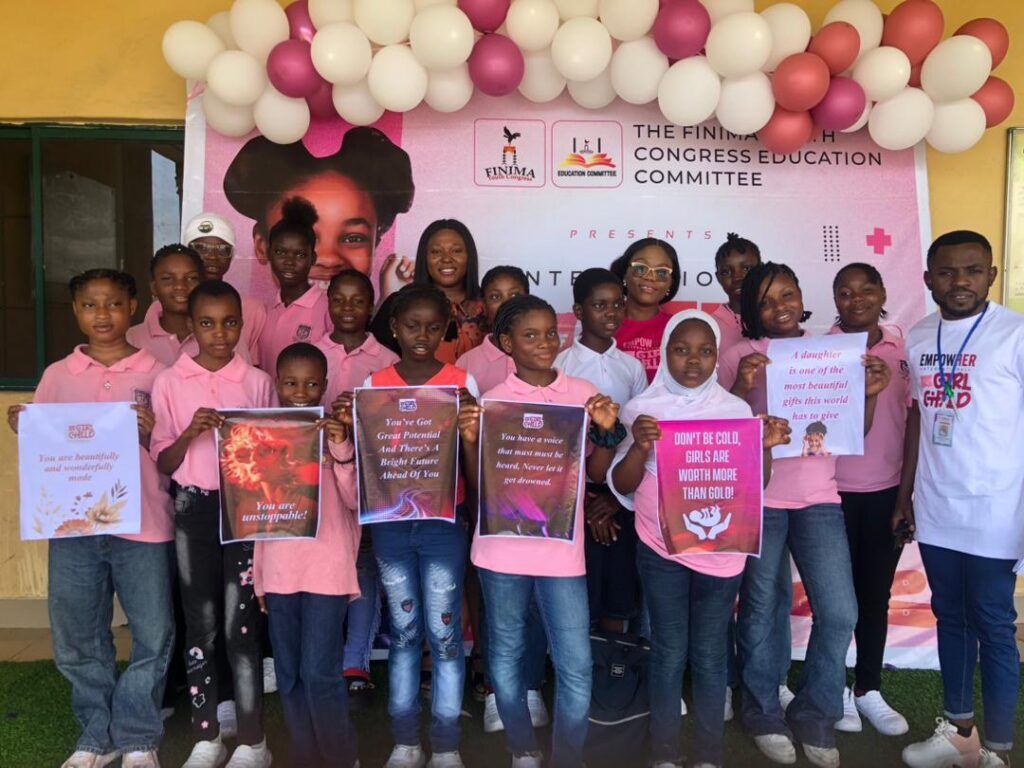
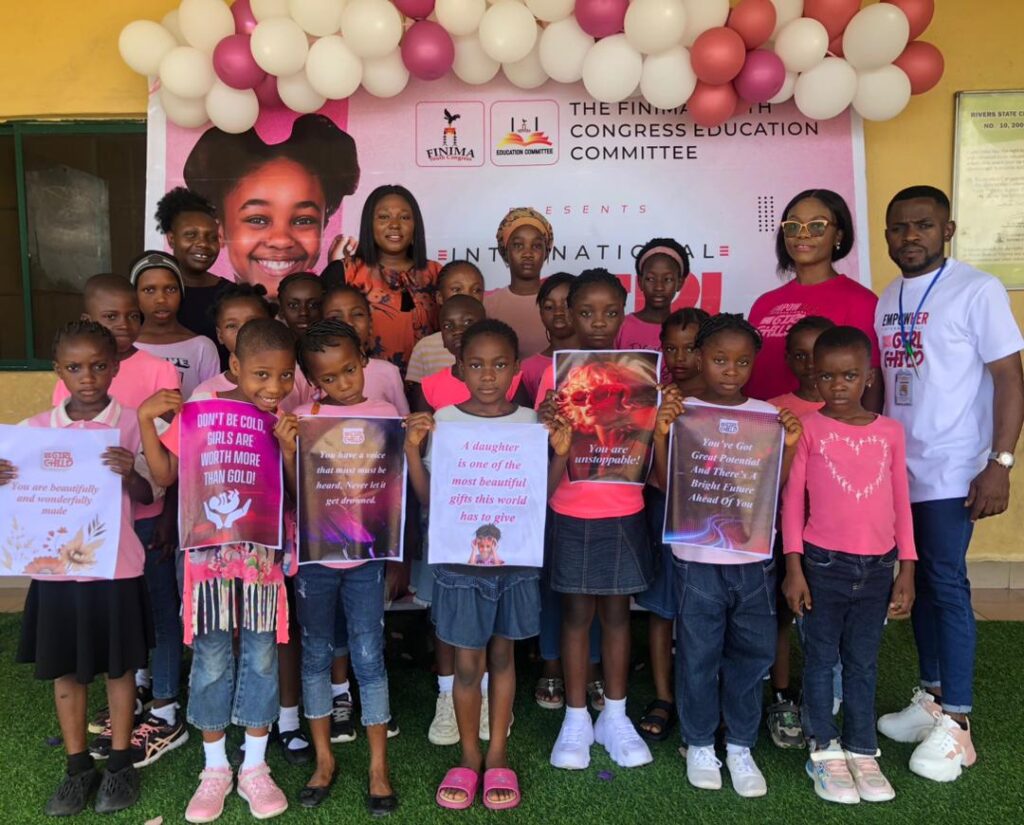
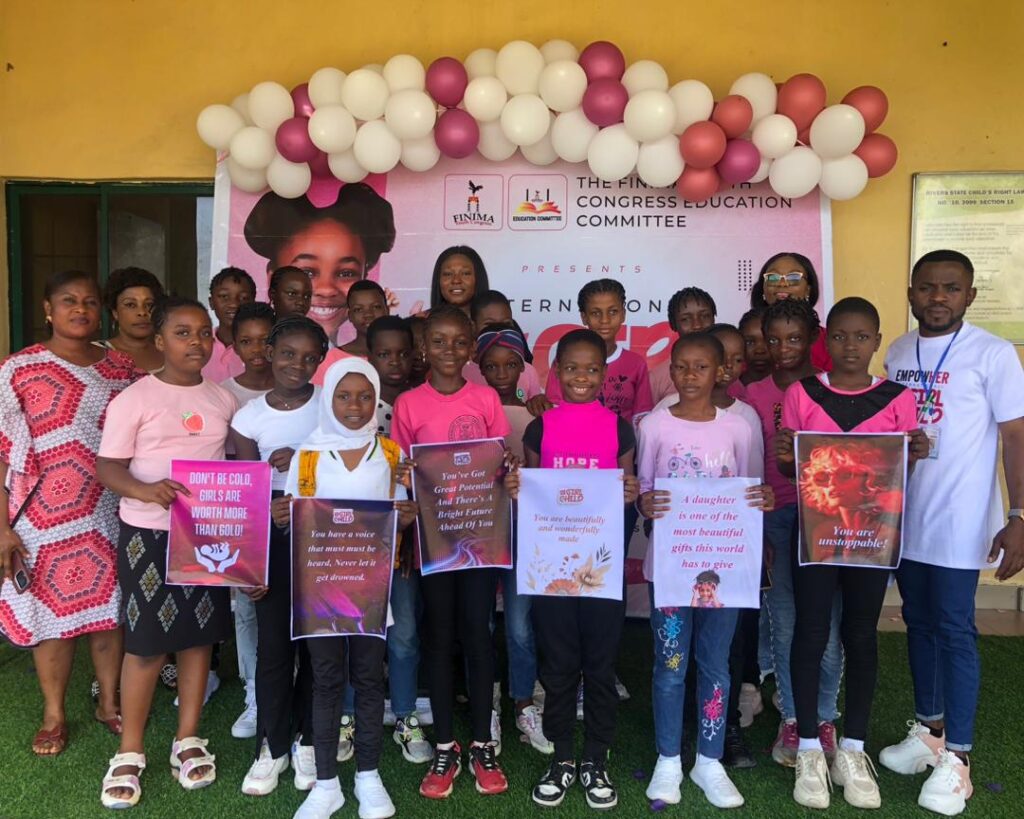
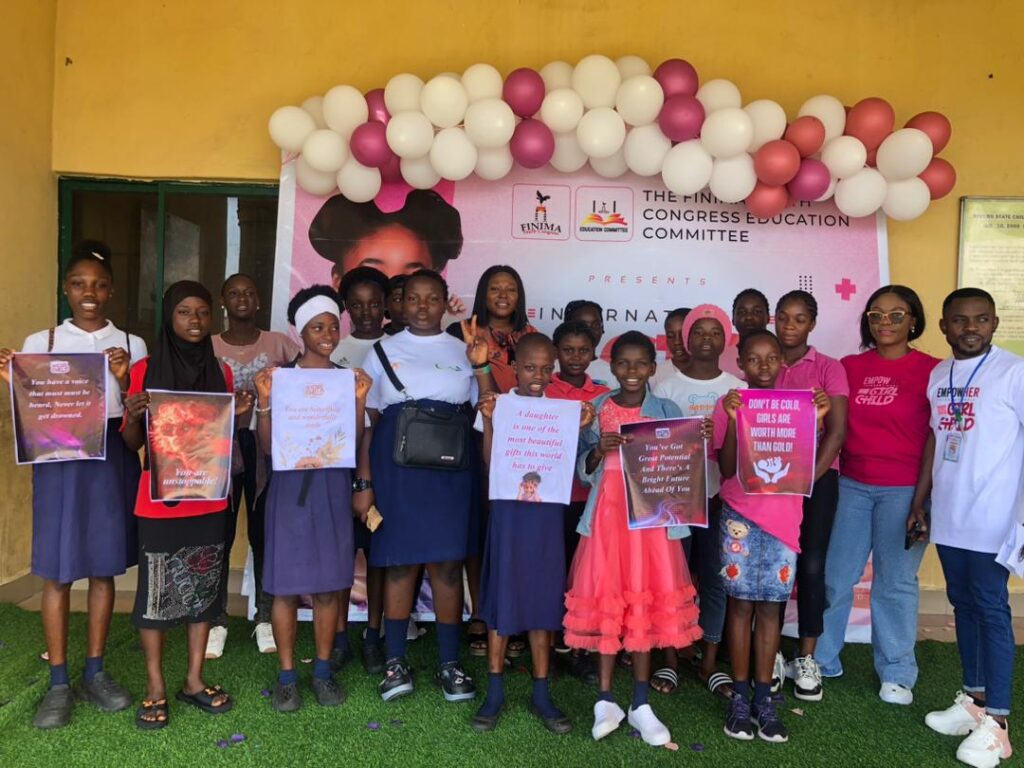
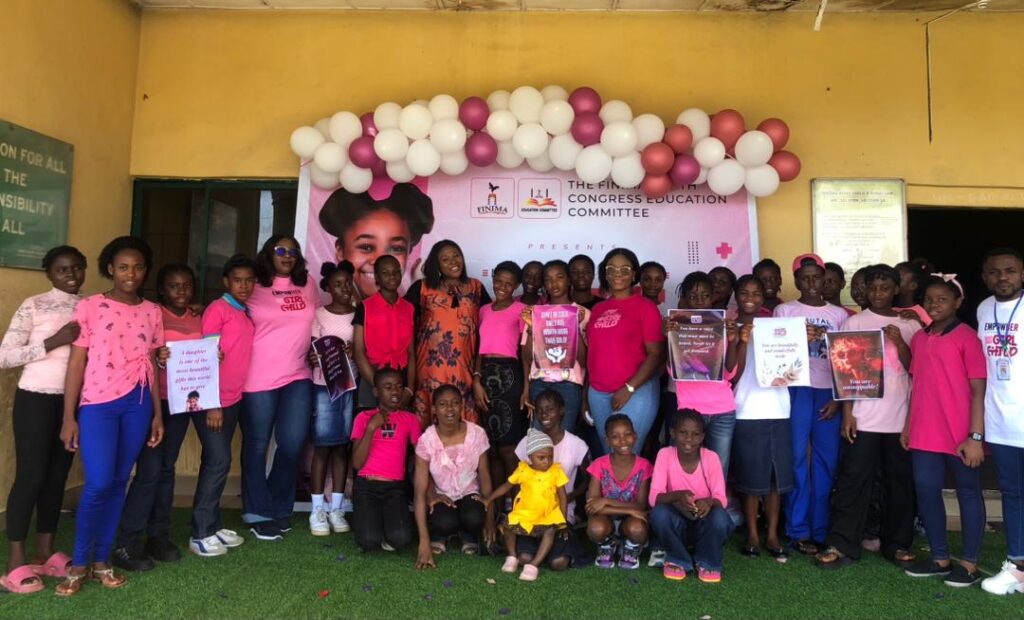
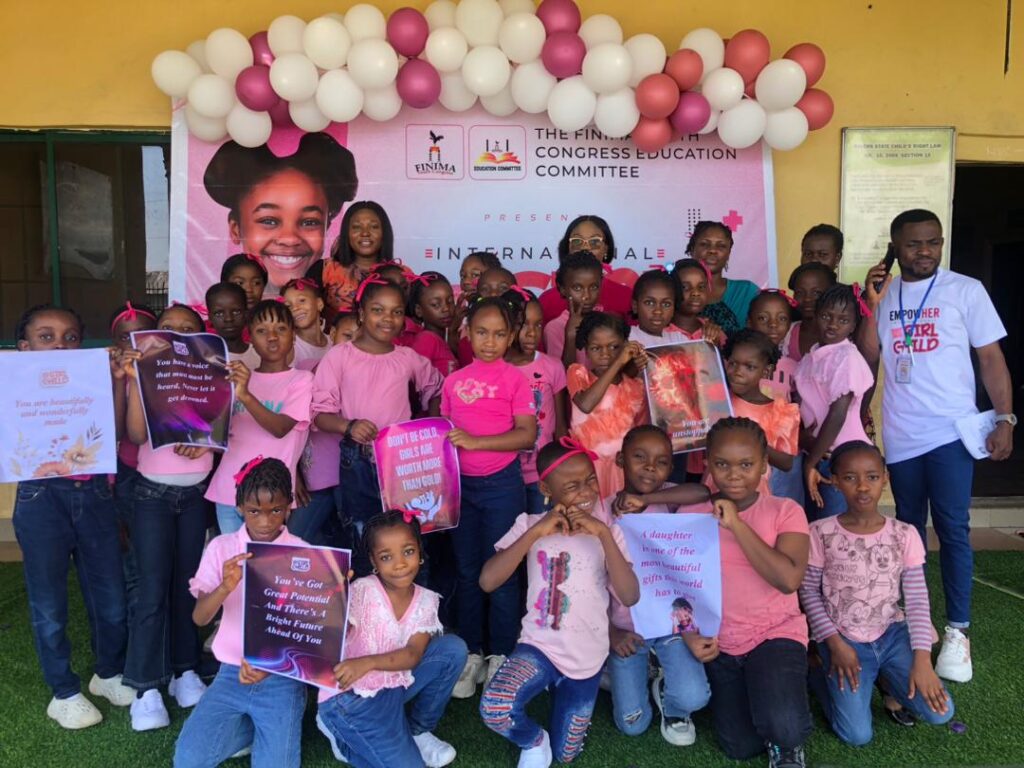
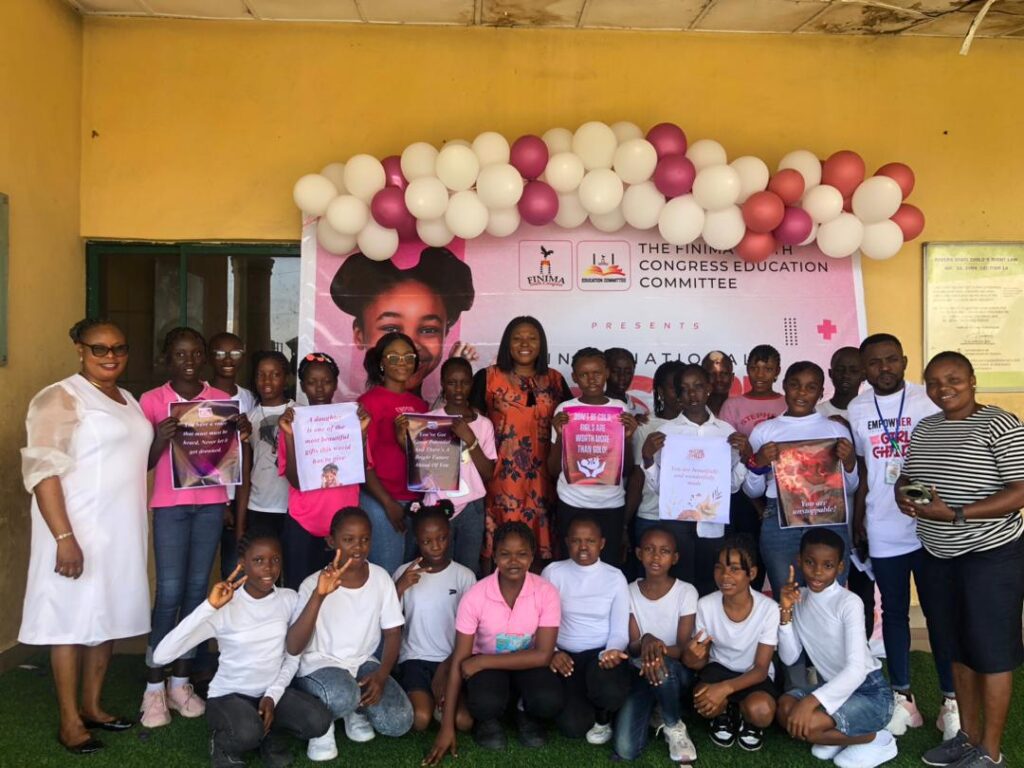
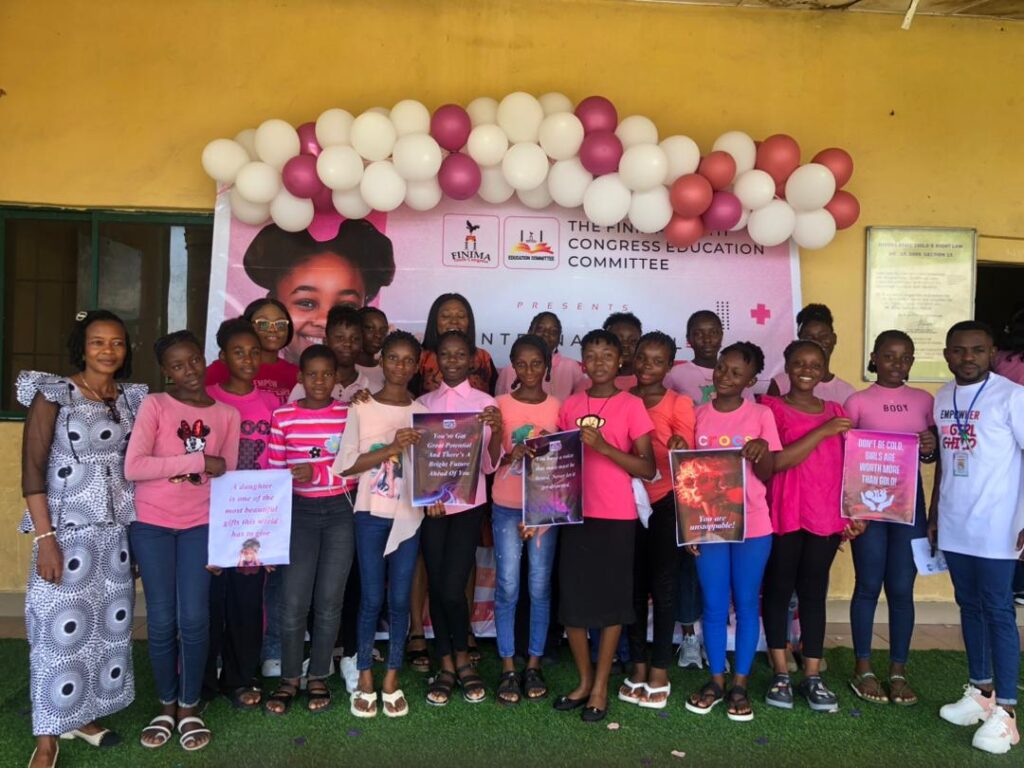
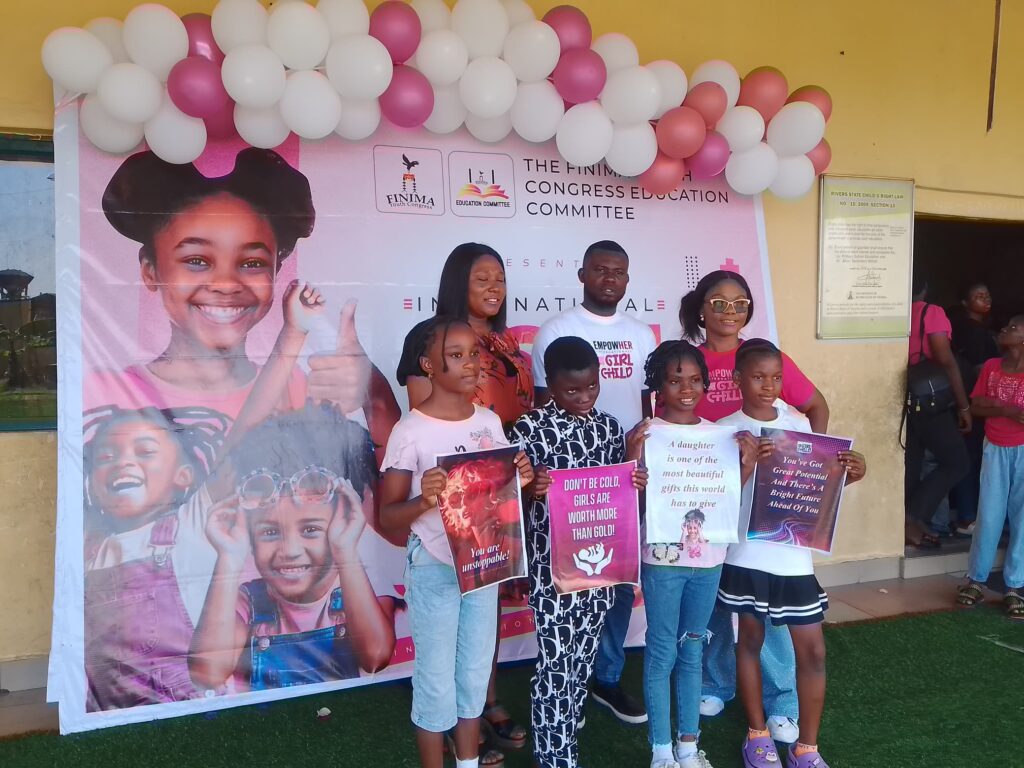
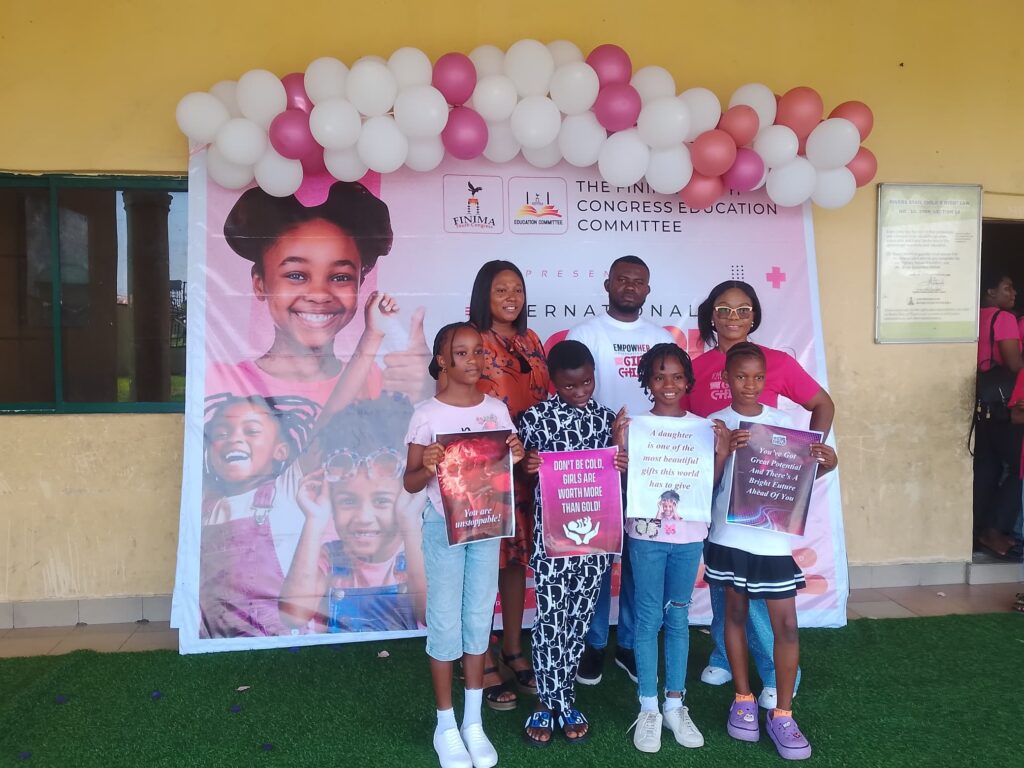
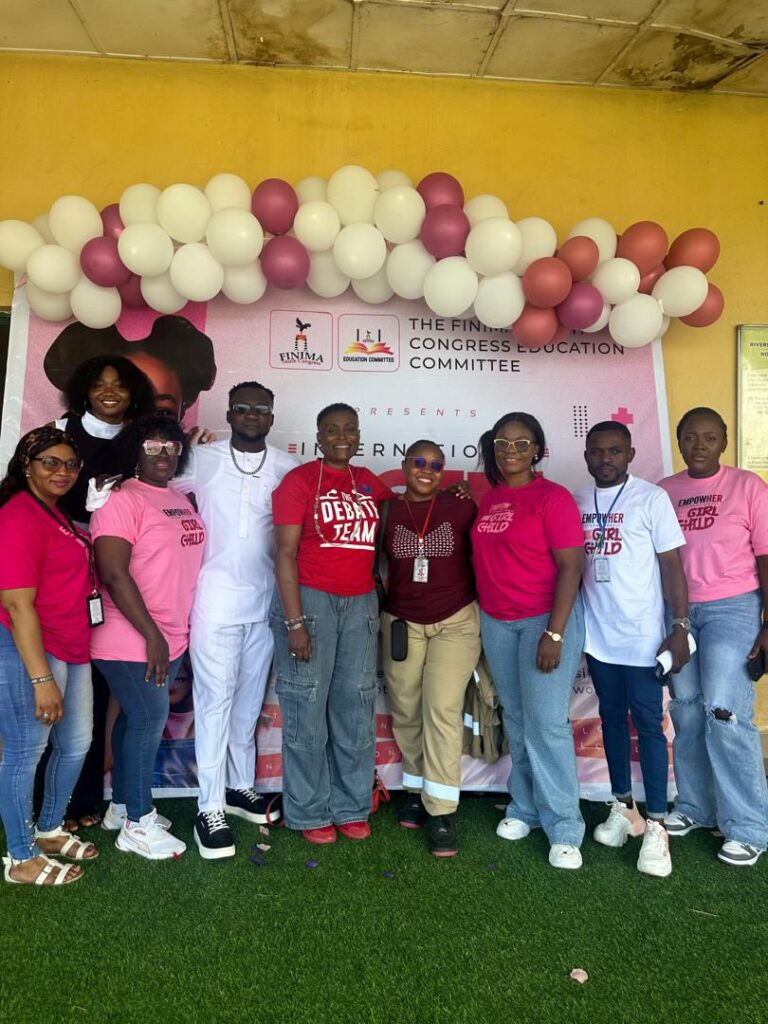
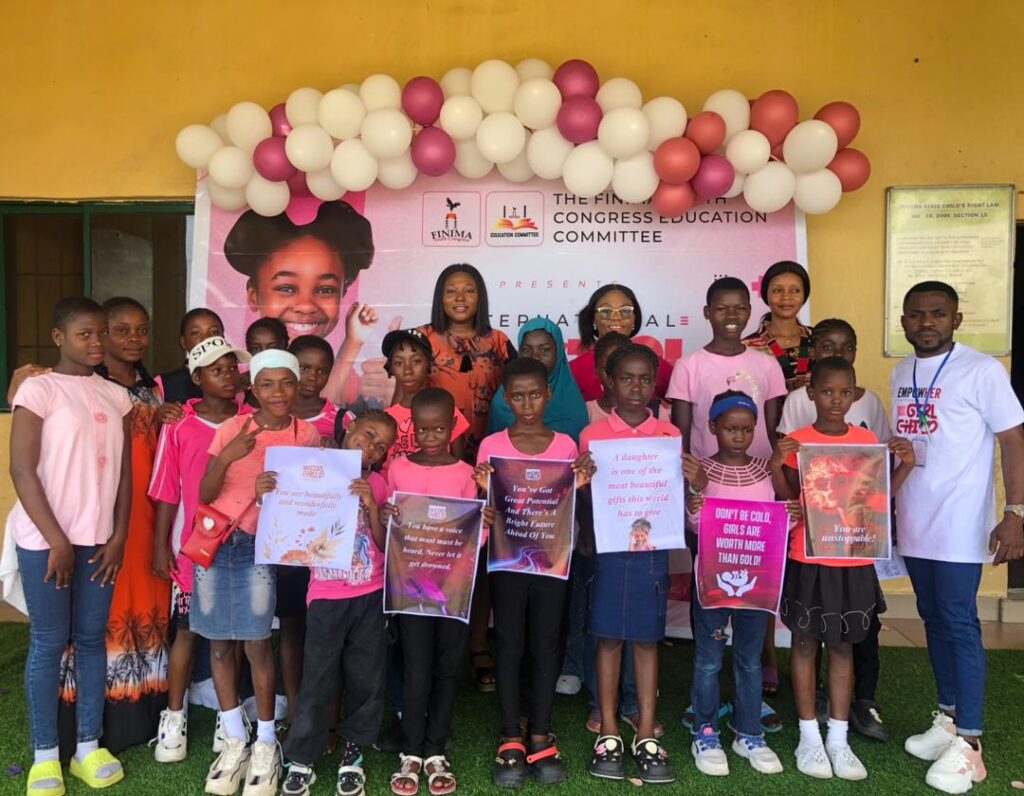
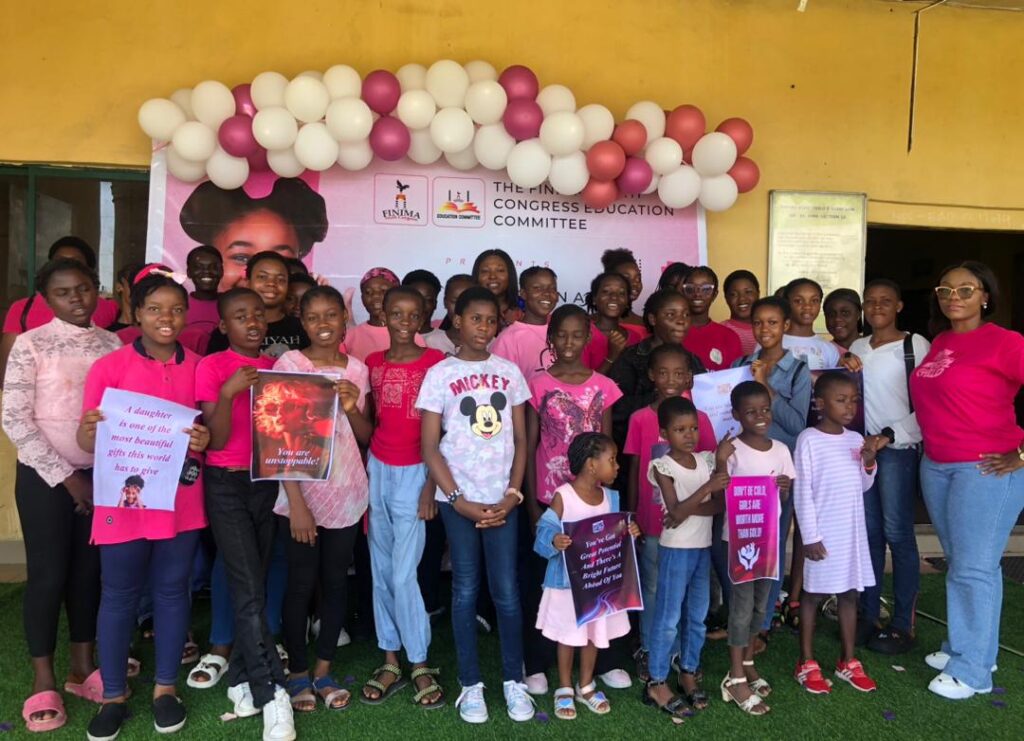
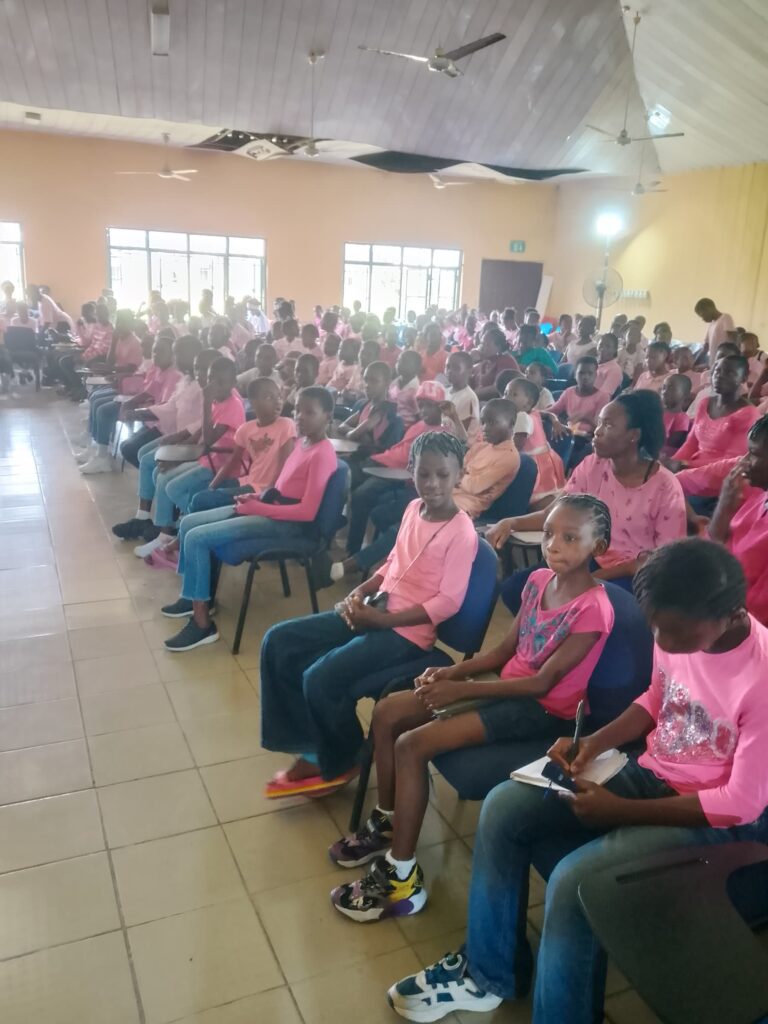
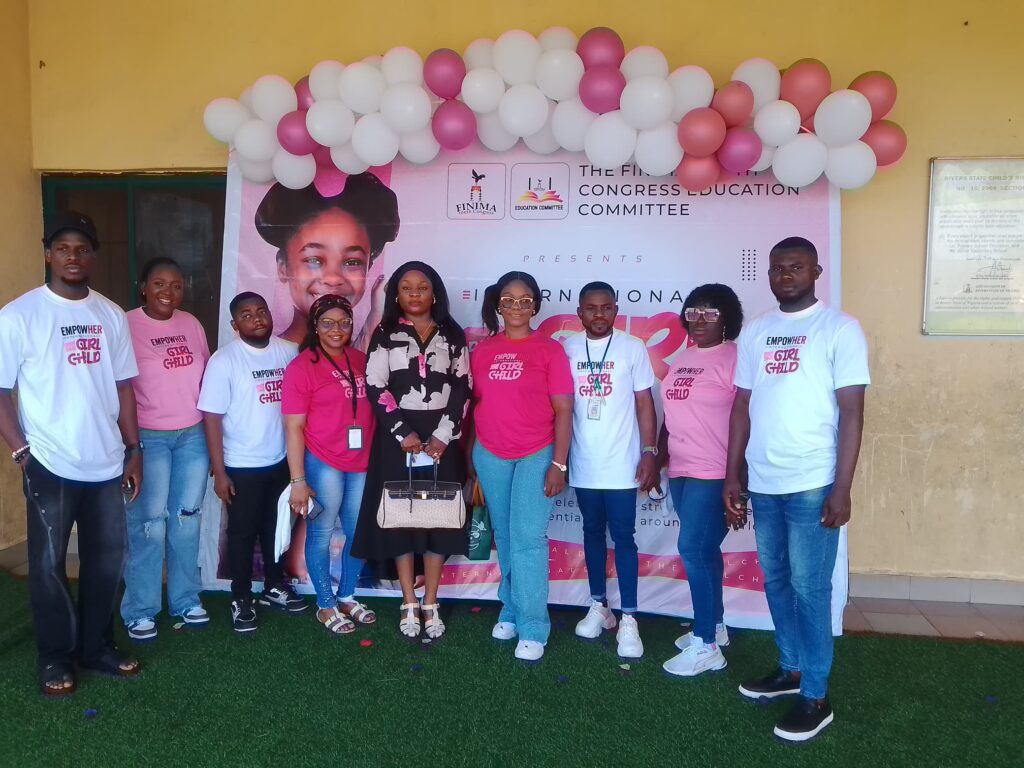



You must be logged in to post a comment.